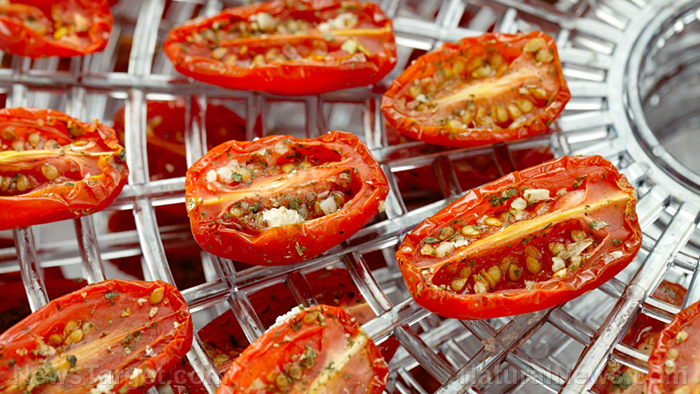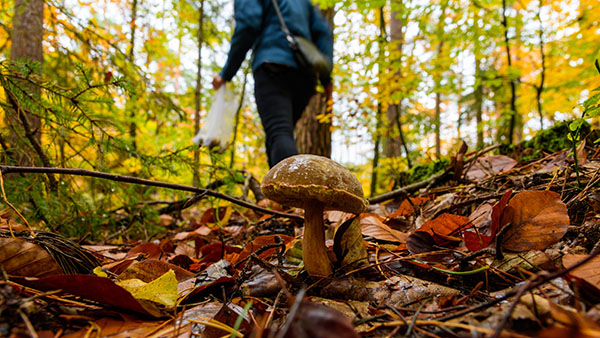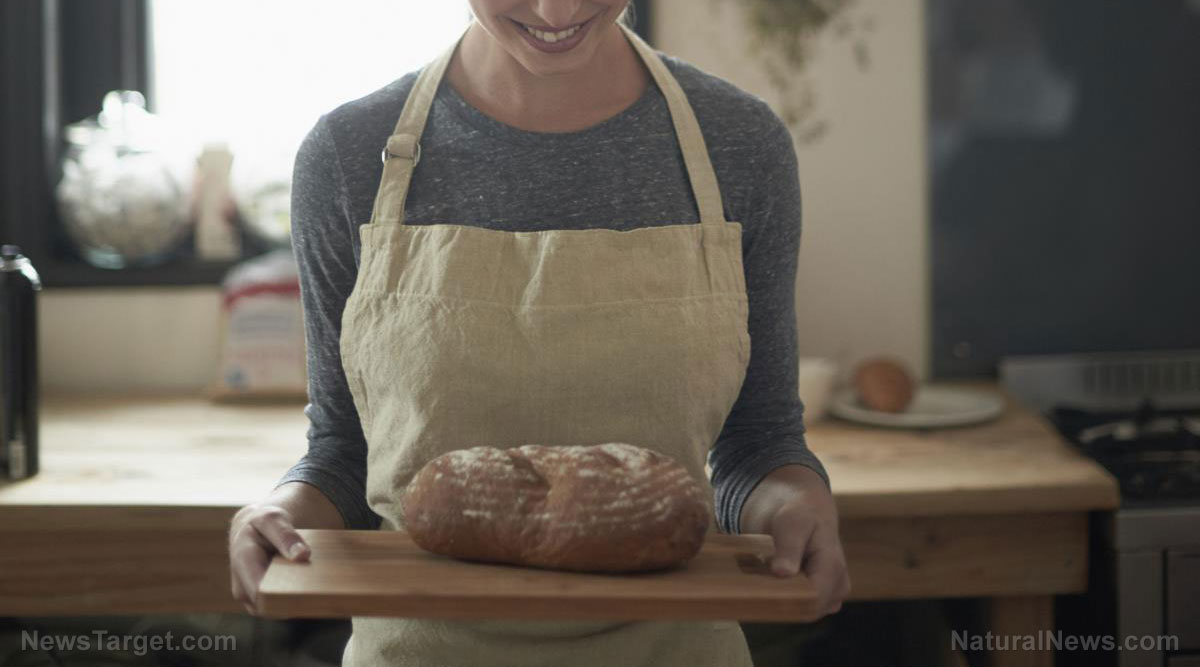
But do you know what makes them different from each other? And is one method better for your food storage needs? (h/t to BackdoorSurvival.com)
Differences between freeze-dried and dehydrated food
Freeze-drying is a process that involves freezing, primary drying and secondary drying.
Freeze-dried foods have up to 99 percent less moisture than fresh foods yet retain most of the food’s flavor, making them taste better.
Additionally, freeze-dried foods retain up to 97 percent of their original nutrient content and can last up to 25 years.
One downside of freeze-dried foods is that they can be rather expensive.
On the other hand, dehydrating food requires a heating element, vents and a fan. They have 90 to 95 percent less moisture.
The dehydration process makes food lose its natural flavor and it only retains up to 60 percent of its nutrition. Most dehydrated foods are prone to shrinking and getting leathery.
However, dehydrated foods can last up to five years and are usually cheaper compared to freeze-dried foods.
Food preparation process
One of the biggest differences between the two methods is how food is prepared. Both methods remove water from food.
Freeze-drying is technically called lyophilization. It is a three-step process that includes freezing, sublimation (primary drying) and desorption (secondary drying).
Freeze-drying starts with freezing food at an extremely low temperature, which is roughly -40 F. It is a rapid process that prevents the formation of ice crystals.
After freezing, the food undergoes the first drying phase. The food is packed in a bag, the air is vacuumed and heat is applied at low pressure. This step can take up to a few days and will retain only roughly five percent of the moisture in food.
The last process in freeze-drying is the water removal phase where any excess water that remains after the initial stage is removed. The food is again exposed to a high temperature at low pressure, with the final product having only one percent of the food’s original moisture content.
Here are some of the best foods for freeze-drying:
- Apple slices
- Apricots
- Blueberries
- Grapes
- Mango
- Peaches
- Pineapples
- Strawberries
Meanwhile, food dehydration uses vents, fans and heating elements. These things work together to circulate air and remove moisture in food.
The process starts with the heating element increasing the temperature inside the dehydrator. The fan then ensures even heat circulation for better moisture removal.
Here are some of the best foods for dehydrating:
Taste
Freeze-dried foods like pineapples can have more intense flavors compared to before processing since this method removes most of the water and moisture but retains the original flavor of the food.
Meanwhile, many dehydrated foods lose much of their flavor during the process. Also, the application of heat can make dehydrated food lose its flavor, which does not happen in freeze-drying.
However, the taste will also depend on the food that is processed. For example, dehydrated apples and bananas can taste like candy since the sugar is brought to the surface.
Nutrition
When it comes to the nutritional value of the food you process, freeze-dried foods are healthier because they retain most of their original nutrients. Throughout the process, freeze-drying only water and not the beneficial vitamins and minerals.
But since dehydrated foods are exposed to heat, the nutritional value of the food is often diminished. It can result in up to 40% percent loss of nutritional value.
Appearance and texture
Freeze-drying is a gentle process that uses low temperatures. This means food will often retain its original appearance and texture. Freeze-dried food is often crispy and airy when eaten.
Since dehydrating food requires a heating element, it shrivels after processing. The longer time food is dehydrated, the more it shrinks.
Dehydrated food will often have a different appearance and texture of the original. It also often turns leathery, which will make it hard to chew.
Shelf life
Freeze-dried foods tend to have a longer shelf life since it removes most of the liquid in the food, making it less prone to spoilage.
On the other hand, dehydrated foods retain a lot of their moisture content so they usually have a shorter shelf life.
On average, the shelf life of dehydrated foods is five years while freeze-dried foods can last up to 25 years.
Whether you freeze-dry or dehydrate foods, proper handling and storage can help extend their shelf life. Keep food in an airtight container and store them in a cool and dark place. (Related: Food rotation is important if you have freeze-dried or dehydrated foods in your stockpile.)
Cost
On average, freeze-dried foods are more expensive because the freeze-drying process is more meticulous. You often need 20 to 40 hours to freeze-dry foods in a single batch.
If you buy a freeze drier, you may need to shell out at least $2,700.
Meanwhile, dehydrating food will take only one to 36 hours. A food dehydrator can also be as cheap as $250.
Which food preparation method is better?
If you have the funds, invest in a quality freeze drier because freeze-drying is better than dehydrating food.
While freeze-drying takes more time, it is worth it because food retains most of its original flavor, appearance and texture. Freeze-dried food also has a longer shelf life.
Visit FoodStorage.news to learn more about other food preservation methods that you can use to build your stockpile.
Watch the video below to know more about the five benefits of freeze-drying food.
This video is from the Health Ranger Store channel on Brighteon.com.
More related stories:
Budget prepping: Ways to make your food budget last longer.
Prepper food: 12 Ways to use freeze-dried pineapples.
Food storage tips: How to make DIY dehydrated meals.
Sources include:
Please contact us for more information.























